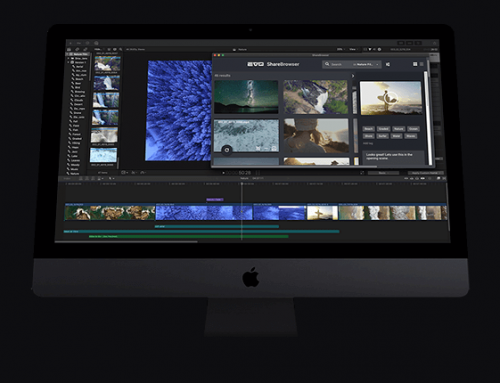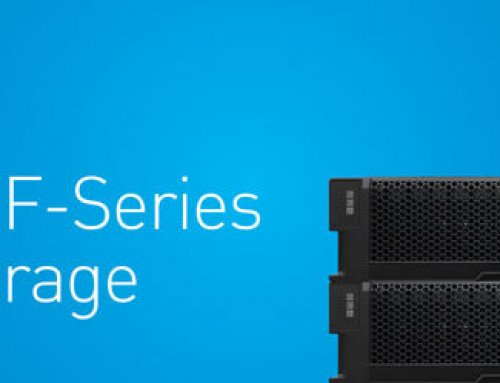TM Television’s Partnership with Avid
It has been a 30-year journey in digital video for Avid since it first released Media Composer in 1989, and TM Television has been with Avid for 20 of those years. As Avid has grown and expanded into new areas, so has TM Television. Our client base now includes broadcasters and production companies, large corporations as well as medium and small businesses, ad agencies, pro and college sports teams, churches and ministries, educational institutions, medical centers, and government municipalities.
While TM Television has always offered a wide variety of alternative product solutions, our Avid sales and integrations have been some of our largest and most productive projects. We hope you’ll enjoy the following abbreviated recap of Avid Media Composer’s early history as much as we’ve enjoyed retelling it – and be sure to join us at one of our celebration party Tuesday, October 22nd in Oklahoma City!
Media Composer’s Launch and Impact
When Avid introduced Media Composer in 1989, it revolutionized film and video post-production. Priced between $50K and $80K, the Avid/1, was a complete hardware/software integrated solution hosted on an Apple Mac IIx computer. Competing solutions for editing required burning laser discs, but the Avid solution digitized media and allowed for nonlinear editing of those compressed JPEG video files.
In the earliest years of Media Composer, editing was limited to shorter-form projects like commercials due to the Macintosh’s limitation to access large storage volumes. This prevented Media Composer from being used on feature film editing until 1992 when this storage barrier was overcome.
Lost in Yonkers, released in 1993, became the first theatrical feature film edited with Avid Media Composer. Three years later, in 1996, The English Patient won the Oscar for best editing for Walter Murch’s work edited on Avid Media Composer. While only a handful of films were edited on Avid in 1994, by 1995 this number was in the hundreds.
From the Apollo Workstation to Apple and the PC
Avid’s Media Composer system, the Avid/1, was originally being developed on Apollo workstations in 1987. But that all changed a year later, according to John Buck’s book, “Timeline”, where he tells the story of how Avid ended up on Apple’s hardware.
It started with an early demonstration by Avid at SIGGRAPH in 1988 where Tyler Peppel, Apple’s product manager, and Bill Warner of Avid had a brief exchange. “You have the right application but the wrong hardware” said Peppel to Warner.
When the Avid team returned from SIGGRAPH, a large delivery of two prototype Mac IIx’s awaited them, including the services of Geoge Maydwell, an Apple representative sent to help them port their code to the Mac OS.
Avid Media Composer would run on Apple hardware exclusively until 1998 with the release of Symphony and Media Composer XL for Windows. Despite the fears of many devoted Apple users, Avid did not abandon the Mac, but continued to provide dual platform products until the release of Media Composer 2.5 in 2006 – the first “software-only” version. With this release, customers were free to supply their own Mac or PC and eventually even select for hardware breakout boxes from third-party vendors.
The NLE Wars
The ‘80’s saw the “Cola Wars”, but the 2000’s saw the rise of the software-only “NLE Wars.” Interestingly, they share some similarities in that they were largely based on taste, and that both saw the consumer leader introduce a “new” version that was met with vehement disdain.
With the rise of Apple’s Final Cut Pro (1999), and the resurgence of Adobe with the release of Premiere Pro (2003), Avid decided it needed to decouple the hardware requirement for purchasing its entry-level edit system and introduced a software-only version of Media Composer in 2004. From this point until 2012, the war between Avid, Apple, and Adobe for NLE supremacy raged.
Users were heated in their loyalties, which were often based simply on which system they learned to edit or in which industry they focused. But in 2012, everything changed when Apple introduced their version of an NLE equivalent to “New Coke,” – Final Cut Pro X.
But unlike Coca-Cola in the Cola Wars, Apple did not elect to offer their “classic” version (Final Cut Pro 7) as an alternative for those unimpressed by their new direction. So began a migration for many professional users away from Apple’s NLE software to Adobe and Avid which has continued largely to this day.
While the NLE Wars may have impacted a large number of individual editors, event videographers, and small businesses, the majority of large post houses and high-end facilities in film and television industry were not affected. Why? Because Avid has largely dominated these markets since 1990. Simply put, the consistent performance and reliability of Avid Media Composer has been unmatched by competitors for three decades, and continues to deliver that return on investment today.
2019 Media Composer: Reimagined for the Modern Media Maker
With the release of Media Composer 2019, Avid has redesigned the look and feel of the software to meet the needs of today’s editors. From first cut to final delivery, the new Media Composer is designed for makers at every skill level—with a modern and intuitive interface, task-based workspaces, built-in color finishing tools, plus packaging and codec support for OTT workflows.
New features include:
- New task-oriented workspaces
- Innovative bin mapping and navigation
- New smart panel interface
- Next generation Avid Media Engine support
- Native OP1a media
- Background rendering
- Distributed processing over the network
- Finish and deliver without leaving Media Composer
- 4K/8K/16K with 32bit-float color pipeline
- HDR
- ACES workflow
- IMF delivery
- Customizable tool set
2019 Tutorial Videos:
- Keyboard Shortcuts in Media Composer
- How to Navigate & Customize the Interface
- Organizing Your Projects in Media Composer
- Logging Footage in Media Composer
- Assembling Your First Edit
- Basic Transitions in Video Editing
- The Media Composer 3D Warp Tool
- Exporting the Final Sequence
- AAF Export in Media Composer
- Exporting and IMF Package
- A Quick Introduction to Media Composer 2019
- Importing Media and Setting Options
- Adjusting Your Import Settings
- Using the Source Browser
- Account Activation for Media Composer
- Downloading & Installing with Avid Link
- How to Access Support & Avid Community
- The Inspector in Media Composer
- The New User Experience & Interface
- The Bin container in Media Composer
- The Updated Timeline in Media Composer
- Edit, Color, Effects & Audio Workspaces
- 32-Bit Floating Point Pipeline





